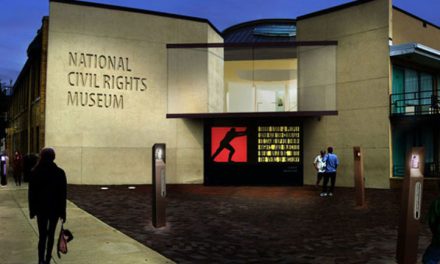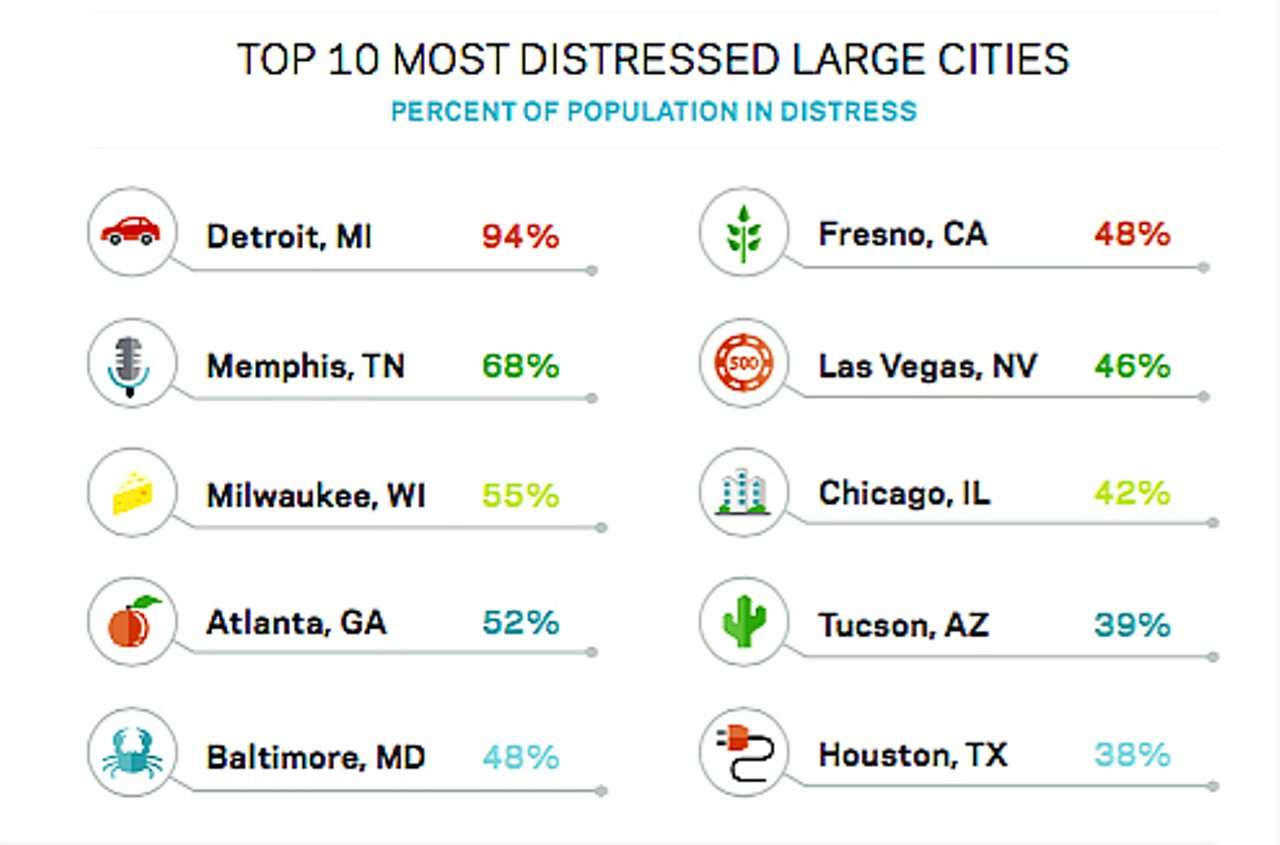Shelby County Government is coming face-to-face with the difficult realities of adequately funding a new countywide school district, and it’s likely that there are no painless solutions for the future.
City of Memphis faces serious financial decisions for the future, ranging from how to fund post-employment benefits to how to do more than fund fire and police departments while parks, community centers, and libraries decline.
All the while, about $100 million in taxes are being waived as business incentives (payments-in-lieu-of-taxes) although we are already on the top rungs of cities for non-tax-bearing properties. The percentage of Memphis properties paying no taxes is nearly twice the percentage of other Tennessee cities.
Two Questions
In other words, it’s not poor form, rudeness, or impertinence to ask these questions:
After more than 30 years of giving a record number of tax freezes to corporations, where is the plan that allows us to reduce our dependency on this single business incentive?
After more than 30 years of granting hundreds of millions of dollars in tax freezes in downtown Memphis that have been hailed as a renaissance by public officials, when can downtown redevelopment be more self-sufficient?
It wasn’t supposed to be this way. When both programs – tax freezes for downtown development and for business recruitments – were created, they were portrayed as short-term strategies that would allow our community the time to develop plans to improve our workforce, to improve our quality of life, and to rebuild a downtown that would again be attractive for private redevelopment efforts.
Shared Sacrifice
And yet, long ago, these tax waivers ceased to be incentives. Today, they are entitlements.
If city and county governments are being forced to make some really hard decisions on issues on OPEB, pensions, and workforce, surely there is no reason that city and county agencies granting tax freezes should not be doing the same.
In other words, it is only fair to consider why local government services should pay total cost for tough budgetary times while corporations are receiving a never-ending stream of tax incentives. It is only fair to consider, in these tough economic times, how long the costs of public services needed by these corporations can be put on the backs of other taxpayers in Memphis, particularly residential taxpayers who already are contending with challenges of their own.
In other words, it seems a logical time to recalibrate our commitment to creating new jobs with our commitment to ensuring a balance in tax burden that doesn’t result in residential properties and existing small businesses paying an inequitable share of local taxes.
Aberrations
Only the most doctrinaire defenders of tax freezes can argue that what we’re doing now makes sense. The shift in the tax burden is simply too profound. For example, 60% of the revenues of Shelby County Government are property taxes – totaling $714 million – and 57% of that total comes from residential property taxes. Commercial property taxes account for 31%.
Some years ago, the Division of Planning and Development was conducting a tax equity study for Shelby County Government, and as part of it, the consultant analyzed property uses and tax sources. After inputting all the data about Memphis and Shelby County property into his computer, the consultant’s standard operating procedure was to push a button, get an analysis, and draw conclusions.
It was not to be. Instead of the customary analysis, his computer shut down. The reason: the Memphis and Shelby County data fit nothing the computer had seen before. There were so many pieces of property that were paying no taxes and the fact that most of Southeast Shelby County, which had heavy commercial uses, was paying no taxes at all because of tax freezes, the computer could fit not fit it into any pattern it was familiar with.
The report was eventually killed before conclusions could be reported back to the Shelby County Board of Commissioners, and as a result, business as usual was never challenged by the hard tax equity facts.
More Than Their Fair Share
The Tennessee Advisory Commission on Intergovernmental Relations (TACIR), state government’s valuable research and analysis agency staffed by taxation experts, conducted a series of property tax evaluations in our state, and wrote in its final report:
“Exemptions, preferential assessment rules, and various tax incentive programs that impact property tax liabilities cost local governments millions of dollars in uncollected taxes. They also impose unfair tax burdens on households and businesses that enjoy no property tax breaks or subsidies and, as a result, bear more than their fair share of the local tax burden.”
It’s a powerful paragraph, and it’s incredulous that local government rarely seems to be listening. Budget documents regularly list challenges to a balanced budget, but they never include the burgeoning number of tax freezes as a factor. For example, Shelby County Government’s budget proposal said that revenues were declining because of soft home sales, property values, business growth, and employment rates.
Nowhere is the issue of waived taxes considered in relation to its impact on county budget and services. It’s puzzling considering that the total assessment of PILOT properties is $1.5 billion, an amount closing in on 10% of Shelby County total property assessment. There are about 140 tax waivers given by Downtown Memphis Commission, 235 by the Memphis and Shelby County Industrial Development Board, 32 by the towns’ Industrial Development Boards, and 61 by the Shelby County Health and Education Facilities Board.
Other Costs Paid by Us
The recipients of these more than 500 tax freezes are paying only $7.9 million to Shelby County, compared to the $50.6 million they would pay if there were no tax freezes. This amount compares to $48.2 million a year earlier, and amounts to $150.00 for every household in Shelby County. The cost to other taxpayers doesn’t stop there, because it’s not like these non-taxpaying companies don’t have other public costs that must be paid, such as the cost of fire and police protection.
We’re not unilaterally opposed to tax freezes, but with city and county government receiving no new property tax revenues from new companies and developments, it seems the right time to consider fundamental questions about tax equity and the proper support by corporations for the vital services that make Memphis function for their workers.
Maybe it’s time for some revolutionary thinking about tax incentives. Ultimately, it’s about transforming the current entitlements into incentives again. There’s little doubt that a public poll about tax freezes would be a clarion call for change, but before there is a grassroots campaign, those involved in these programs need to take charge of their own futures and demonstrate why the public should have confidence in them as members of public boards representing their fellow citizens.
Time To Talk
There are some common sense changes to bring more equity and more coherence to the overall tax freeze programs. There are the recommendations of the city-county consultants who analyzed the PILOT program recommended the “but for” test to make sure that companies really need the waived taxes to make their deal work.
Maybe the Downtown Memphis Commission’s tax freezes could not be seen as gifts but as investments in which the agency takes a small equity position in developments, receiving revenues for its budget if the company grows and succeeds.
Maybe the corporations that have their taxes waived by the Industrial Development Boards should be asked to pay a public services fee to cover the costs that are now being paid by every one else for the public services they need. If the motivation is to create a tax neutral situation for the company, it’s not asking too much for it to be tax neutral for other taxpayers too.
There are other ideas that deserve consideration as well, but first, local government and the agencies doling out tax freezes have to take a step back and use the current International Paper controversy as the opportunity to have the long overdue discussion about these issues that all of us deserve, whether we are residential taxpayers, small business owners, or corporations who don’t have tax freezes and are unlikely to ever ask for one.






These are interesting questions, and you’ve certainly raised valid issues. But don’t forget that Downtown PILOTS are different. I refer you to this wise blogger:
http://www.smartcitymemphis.com/2011/04/downtown-pilots-are-different/
(note that the links from this post from last year are dead because we changed our website name with our name change, but the information is still on our website)
Only about 4% of parcels Downtown are under a PILOT, but those 4% of parcels account for 23% and 24%, respectively, of total City and County property revenue generated Downtown. So Downtown PILOTs generate more, not less, revenue for the City and County.
Maybe we should call Downtown PILOTs by another name to avoid confusion with other PILOT programs that work differently.
“The report was eventually killed before conclusions could be reported back to the Shelby County Board of Commissioners, and as a result, business as usual:…
Sic Semper Planning in memphis.
Thanks, Paul, for taking the time to write. In fact, we read the earlier post before today’s was written. We didn’t see them in conflict because it seems like a good time to ask the fundamental question of when will PILOTs not be routine inducements but can be used surgically and rarely.
We also can’t help but wondering about whether downtown PILOTs do in fact keep taxes from decreasing any longer. It may be that property that hasn’t received a PILOT has bottomed out, but more to the point, with all the investments in downtown, we ask each other if and when some development should stand on its own without public help.
We’ve been interested in watching the progress of the proposed TIF to support Heritage Trails as a means to get out of the tax freeze cycle and find other ways to support much-needed neighborhood development adjacent to downtown.